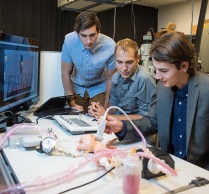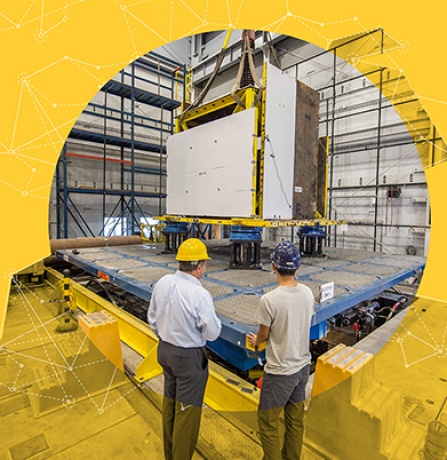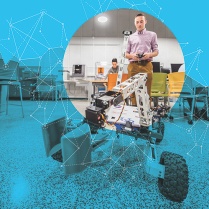Strategic Plan
After a period of self-assessment, with contributions from faculty, staff, students and alumni, we proudly present our strategic plan to enhance academic excellence and continue to grow our reputation nationally and internationally for the next five years.
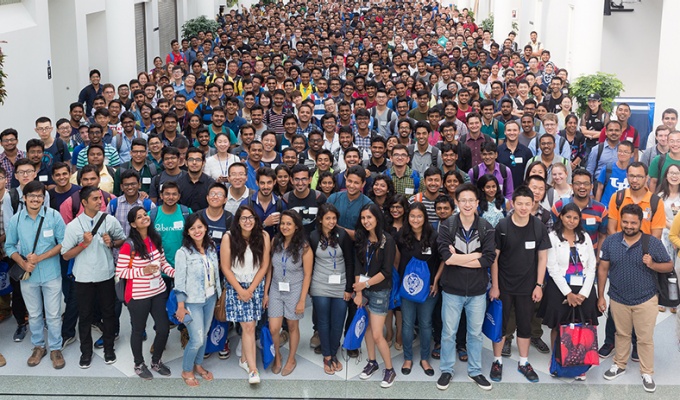
Our Vision
The vision of the University at Buffalo School of Engineering and Applied Sciences (UB SEAS) is to be widely recognized for creating and discovering new knowledge, for leveraging the strengths of a diverse and open academic community, and for educating leaders that advance the resilience, sustainability, health, and economic well-being of our region, our state, our nation and the globe.
Our Mission
The mission of UB SEAS is to conduct high-impact and original research in science and engineering; produce graduates from across diverse populations who can innovate and lead in science and engineering; and develop equitable, creative, and inclusive solutions to societal and educational challenges.
Our Tradition
With a rich history of research accomplishments and innovation, the School of Engineering and Applied Sciences, founded in 1946, is the oldest public engineering school in the State of New York.
We invented the handwriting recognition system that has been widely adopted by post offices in the U.S. and other countries.
We developed and implemented systems that protect buildings, bridges and mission-critical infrastructure from earthquakes.
We were early leaders in integrating medicine with fluids engineering and in engineering vascular tissues to deliver innovations in the prognosis and treatment of cardiovascular disease.
We pioneered the development of computational and experimental approaches to engineer nanomaterials, and tailored their properties for applications in drug and gene delivery, vaccine delivery, biomedical imaging, and energy generation and storage.
We developed innovative electromechanical systems that evolved into today’s digitally controlled machines, which are widely used in modern transportation, manufacturing, and agricultural systems.
We introduced many principles in the field of design automation that led to groundbreaking uses of virtual reality and other decision support technologies, resulting in better products in shorter timeframes.
We were instrumental in advancing aerodynamics and spacecraft guidance theory and practice with regional partners, Calspan and CUBRC; partnerships that still thrive today.
We pioneered nationally adopted concepts of resilience to natural and man-made hazards.
We advanced federal regulations and policies on aircraft inspection and maintenance, and accessibility for those with disabilities.
We promoted sustainable restoration practices in surface and groundwater ecosystems.
We partnered with government and industry to create the first cognitive softwaredefined all-spectrum wireless network.
We discovered unexpected properties that could route light around objects and render them invisible.

We are at the center of research leading to technological innovation in our region, state, nation, and globally.
Our Values
- We tackle big problems
- We inspire innovation
- We are tenacious in pursuing our goals
- We cultivate the joy of learning
- We encourage and aim for excellence
- We embrace diversity in all its forms
- We nurture individual growth
- We take pride in our history and accomplishments
- We define the future
Our Goals
1. Attract and support innovative, inspiring and diverse faculty and staff to enhance research and teaching impacts, reputation, and ranking.
2. Recruit talented and diverse students and fulfill their educational expectations.
3. Develop our infrastructure to support excellent research and educational experiences.
4. Expand student experiential learning programs.
5. Grow school pride among current students, staff, faculty and alumni.
6. Accelerate knowledge transfer.
Strategic Context
Engineering programs across the U.S. are in a period of growth, driven by the national and global dialogue on the need for a STEM-educated workforce. Our continued growth reflects the very real need for STEM graduates in our home state of New York.
To meet demand without loss of quality is an over-arching priority that frames all the elements of this plan. Well managed, this growth will provide economies of scale that can be leveraged to provide a better environment for the pursuit of excellence by our students, staff and faculty. Growth is an essential component of our planning over the next five years.
Behind all our aspirations is the imperative to build financial strength in the school and within the departmental units, such that new and existing activities can be funded appropriately.
Then, woven through these plans is consideration of the often-subtle influences that arise from the national and international university ranking systems (NRC, AAU, U.S. News and World Report, etc.). These matter to us because students and their parents pay attention to them and because they provide tangible indicators of strengths and weaknesses, despite their much-discussed flaws.
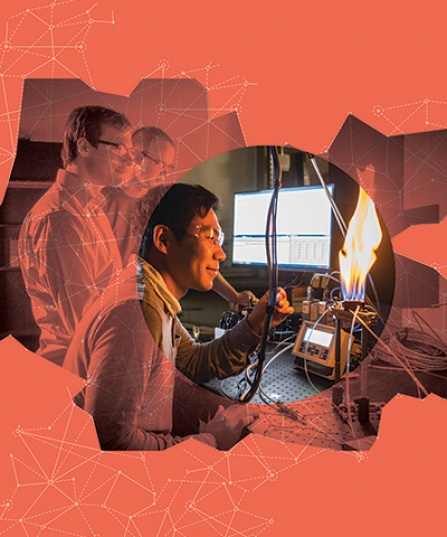

Here is how...
- We showcase our faculty as thought leaders on topics of national and global significance.
- We are committed to improving diversity in all forms.
- We advance robust career planning and mentoring structures for faculty and staff.
- We recognize excellence in research, teaching and service activities.
- We create great work environments to attract and retain highly talented faculty and staff.
- We focus on interdisciplinary problems and research that encourage collaboration.
- We aim to increase our research portfolio and our publications in high profile venues.
- We encourage faculty to strive toward national and international prominence.
- We continue to grow our capacity to secure large-scale research opportunities.
- We take on big research challenges.
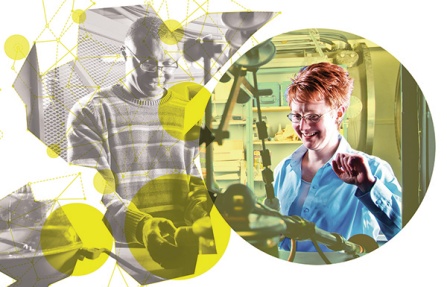
UB SEAS is committed to improving diversity to achieve a minimum of 20% women and 6% underrepresented minorities by 2025.
- We engender a sense of belonging through strong interpersonal engagement with each student, meaningful engagement with faculty, and excellent advisement.
- We are committed to improving diversity in all forms.
- We create a culture that rewards excellence in teaching.
- We invest in the K-14 student pipeline through outreach activities.
- We are strategic in the recruitment of domestic, international, in-state and out-of-state students to ensure academically rich and diverse class cohorts.
- We directly connect research with learning and societal impacts.
- We encourage high performing undergraduates to pursue graduate education.
- We offer professional development training programs for students to improve their soft skills to ensure success in the world.
- We encourage both undergraduate and graduate students to apply for national and New York State scholarships and fellowships and recruit students who already have them.
- We continue to drive higher graduation rates.
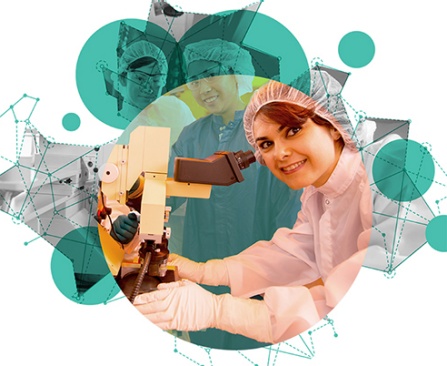
UB SEAS is committed to improving student diversity to achieve a minimum of 30% women and 12% underrepresented minorities by 2025.
- We create modern, flexible research spaces and encourage interdisciplinary work.
- We invest in state-of-the-art shared instrumentation facilities.
- We are committed to the continuous improvement of our instructional environment.
- We invest in student collaborative spaces.
- We embrace the use of modern teaching methods.
- We develop curricula that are responsive to society’s ever-changing needs.
- We partner with external stakeholders to fund infrastructure needs.
- We support our physical infrastructure with continued investments in strong and diverse research staff.
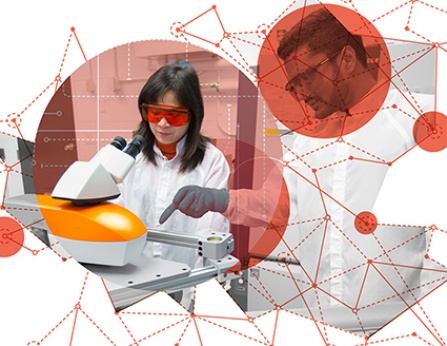
UB SEAS is committed to expanding our cutting-edge research and hands-on learning environments.
- We continue to increase the flexibility of our degree programs to encourage more experiential learning in the forms of tinkering, internships, co-ops, study abroad, clubs and competitions, entrepreneurship activities, and so on.
- We continue to expand engagement with corporate partners.
- We realize, and celebrate, the synergy between teaching and research.
- We encourage and support student-led experiential activities.
- We provide maker spaces with modern tools to encourage student creativity.
- We prioritize the societal impact of all our research and experiential learning activities.
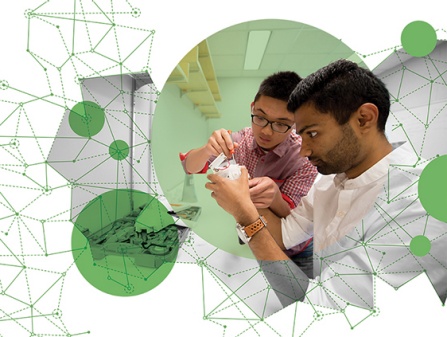
UB SEAS provides broad support for student research experiences.
- We engage students while they are on campus, involving them in decision-making where possible, and ensuring they have a voice.
- We invest in and grow our student ambassador programs.
- We increase communication to students, parents, alumni, and community stakeholders on points of pride via multiple communications platforms.
- We utilize the UB brand to increase visibility of our school among all our stakeholders.
- We incorporate outside advisory boards into our planning and value their contributions to our school.
- We proudly communicate the profound impacts of alumni philanthropy.

UB SEAS is committed to providing more forums for students to share their thoughts and opinions.
- We actively seek opportunities to explain our research advances to the broad community.
- We foster a culture where entrepreneurship and innovation are encouraged, incentivized and rewarded.
- We engage fully with campus and regional economic development teams.
- We nurture robust industry/university partnership programs to foster collaboration and knowledge transfer.
- We maintain infrastructure and facilities to support industry-relevant research.
- We introduce students to research, creativity and entrepreneurship early in their undergraduate careers.
- We nurture partner relationships for great student job placements.
- We encourage more new technology disclosures and resulting ‘spin-off’ businesses.
- We foster entrepreneurship/intrapreneurship as a foundational aspect of our educational programs.
- We promote a culture of social entrepreneurship.
- We are industry friendly.

UB SEAS encourages and enables faculty and students to commercialize novel technologies.
